
Solar power depends entirely on how many solar panels you have on your RV. There’s a bunch of “rules of thumb” out there when it comes to solar power for your RV, but it’s often hard to tell which ones apply to you and which ones you should avoid.
In this quick and easy guide, we’ll talk about the top questions asked by RV owners regarding solar power- we’ll talk about some facts and myths about solar power for RV’s, and we’ll also answer some frequently asked questions!
Is My RV Solar Power Ready?
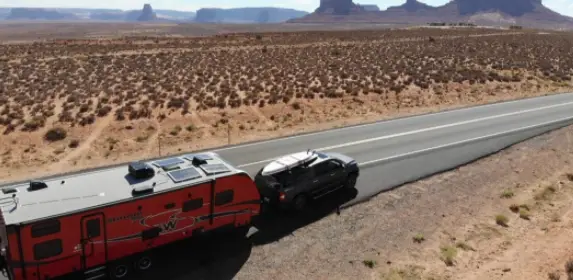
You’ve got an RV, and you’ve got a “green” mentality or maybe, you want to save on some dollars by switching to free, renewable energy- so what do you do? Naturally, you cover the top of your RV with solar panels- the more, the better. And now, you ask yourself an important question: Is my RV solar power ready?
It depends!
If you’re going on a trip and relying on solar panels running your air conditioning, your refrigerator, and other large devices, it’s doable but not easily feasible. To run just a simple air conditioner for your RV, you’ll need a bigger battery- one that has at least a 700 Amp hours battery bank. The bigger the battery, the more things you can power with it- with solar power, it’s a little bit different with the same idea.
If you have one solar panel to charge that big battery, it’ll charge it just as quickly as if you had a small battery- the more solar panels you have with more wattage, you’ll be able to fill that battery up faster. That’s why more solar panels are recommended on an RV- we’re talking eight to ten decent-sized solar panels if they fit!
If yours is solar ready, please check out our RV solar panel guide here
How Much Solar Power Do I Need?
After placing your solar panels on the roof of the RV, you’re still not sure about whether or not you are solar ready for your trip or vacation. Luckily, we can do some simple math to truly discover how much solar power you need!
Let’s say, for example, that you have a fifty watt solar panel sitting parallel on the roof of your RV, and you’ve got a battery that will yield around 10 Amp hours of 12V battery charging- after multiplication, this comes to a hundred and twenty watt hours of electricity.
If you look at the back of your TV, and it says that it uses twenty watts, by dividing a hundred and twenty watt hours by twenty watts, that will conclude that you can run your TV for six hours with a fifty watt solar panel!
If you’d like to know more about wattage and how current roles along with it, be sure to check out our article, “Best Battery for Solar RV.”
But there are some things that need to be considered with the simple math above- that equation is just an approximation and doesn’t cover any inefficiencies or losses. A solar RV in Arizona will get more power during an average day using the same solar panel than a solar RV somewhere in New York due to solar yield and the fact that there’s more solar irradiance over the south-west part of our nation than the “cloudy” north-east.
A big factor that goes into play with efficiency is the angle of the sun relative to the angle of your roof-mounted solar panels.
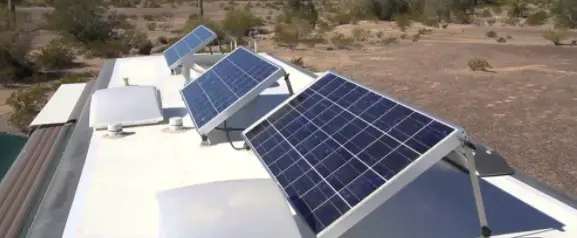
Generally speaking, roof-mounted solar panels won’t deliver the same amount of wattage as they say they will- the fifty watt solar panel from our example may only produce near twenty-five to thirty-five watts. This is all due to the fact that when the sun is in the sky, directly above your RV, that’s when the efficiency will be the highest for electricity, but since your solar panels won’t “follow” the sun, they’ll only lay flat on the roof of the RV, producing less and less as the sun rises or falls from the sky.
Roof-mounted solar panels usually get cleaned less often since people forget about them being on their roof, so they develop dust and dirt which also affects the solar efficiency of the solar panels- rain usually clears it right off.
If you want to really increase the efficiency, they have solar panels that can automatically track the sun for the most power throughout the day, but the downside is that they can’t be roof-mounted; they have to be ground-mounted while parked. This can be bad for people since wind can knock the panels down, or the panels can get stolen as well.
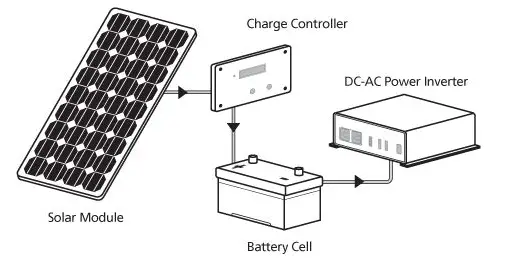
Alternate current, or AC, is generally what powers most homes in the United States of America- the most common outlet in residential homes is the AC 120V. This can power general, everyday, household appliances such as:
- Air conditioners
- Water heaters
- Toasters
- Washing and drying machines
- Televisions
- Gaming Consoles
- Microwaves
- Speakers
- Vacuum Cleaners
- Hair dryers
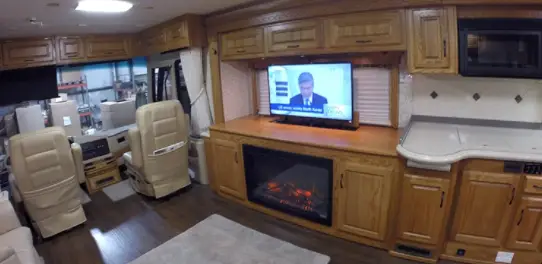
Most RV owners won’t have these in their RV- there’s a good chance that they’ll have air conditioners or televisions, but they won’t be the size that are found in most homes; they’ll be a lot smaller therefore taking up less electricity.
On the other hand, direct current, or DC, is more common with handheld devices. These types of devices will power audio, cellular, video, and other devices. A 12V battery is the most common form of DC power- most car batteries are usually 12V. What can it power?
- Cell phones
- Laptops
- Smaller TVs
- Handheld gaming consoles
- Mechanical drills
- Bluetooth headphones
- Smaller speakers
- Flashlights
- Smaller refrigerators
- A car
These are items that will most likely be able to be charged by roof-mounted solar panels on your RV. Generally speaking, eight to ten solar panels absorbing the sun’s rays at the same time and storing them in a rather larger battery will give you plenty of solar power for your next camping trip- enough for a refrigerator and an air conditioner.
Just know that running more devices that require a larger withdrawal of power requires precise planning- if you’re planning on setting up a home theater system inside of an RV, but when you go on your vacation without charging the battery beforehand, and it starts raining, you might be out of luck on that theater system.
What Not To Run On Solar Power Inside An RV
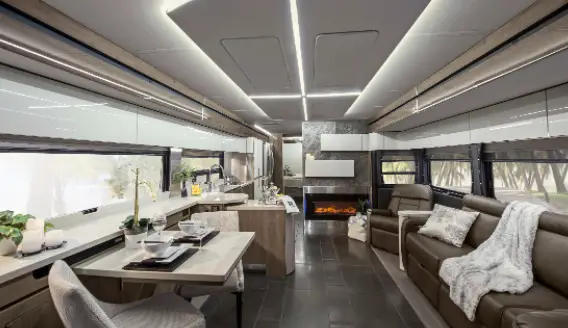
There are many things that shouldn’t be running on solar power inside an RV- these are devices that require a large amount of power to run, and although you might have enough solar panels and battery power, it’ll immediately suck the battery dry, and you won’t have any leftover for your trip. Try your hardest to avoid these appliances inside of your RV.
Some examples of these large power-drawing appliances are:
- Dryers- an average dryer will consume around 2,800 watts of electricity per hour of usage. From our example of the fifty solar panels from before, if you could somehow fit twelve of those panels on the roof of your RV, it’ll take you half-an-hour long to completely drain a fully charged battery if you run a dryer.
- Stoves/ovens- an average stove/oven will draw around 3,000 watts of electricity per hour- sometimes, this number can get up to 5,000 watts depending on the stove/oven.
- Vacuum cleaners- one of the best selling, cheapest vacuum cleaners in the market currently pulls around 1,500 watts of electricity. Although there isn’t much to vacuum inside of an RV, it’s better to park the RV in your driveway, get an extension cable, and vacuum the interior using your house’s electricity.
- Space heaters- Although it’s tempting during the winter months, try to avoid using a space heater inside of an RV- these space heaters draw up to 1,500 watts of electricity and can dry your battery within half-an-hour to an hour of heater usage.
What’s A Perfect RV Setup For Solar Energy?
I know that, currently with our technology, a lot of people are against solar energy because it doesn’t provide as much electricity to your car/RV than a normal battery, but that isn’t what we’re arguing. Inside of replacing that battery with another every year or so, there’s a better alternative to that which is solar panels. But what does the perfect solar setup look like for an RV?
Solar Panels
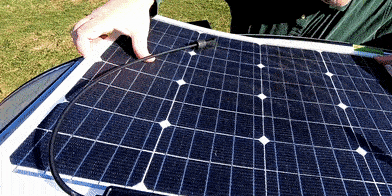
First, we’re going to need to determine the number of solar panels you’ll need- this number is an approximation and solely depends on the size of your RV and how much electricity you’re wanting to use during your trip. For this, we’ve made a simple chart to follow along:
RV SIZE | POWER CONSUMPTION | SOLAR PANELS NEEDED |
|---|---|---|
Class B (18 feet to 24 feet) | Light | 3 or 4 |
Heavy | 5 or 6 | |
Class C (30 feet to 33 feet) | Light | 6 or 7 |
Heavy | 8 or 9 | |
Class A (30 feet to 45 feet) | Light | 9 or 10 |
Heavy | 11 or 12 |
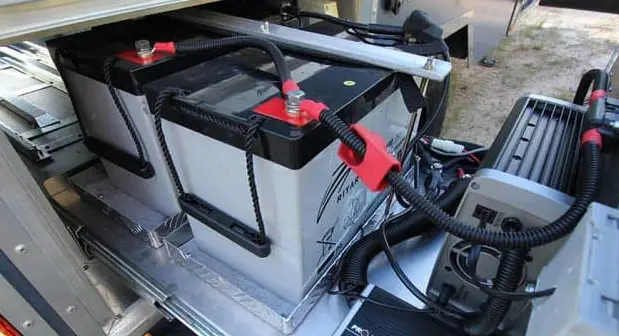
One of the most common solar batteries you’ll find in the market are flooded lead acid batteries- they’re the cheapest, but they come at a cost besides money. Their typical life spans generally lower than other batteries- they last around five to seven years with average use and good maintenance.
Speaking of maintenance, flooded lead acid batteries require maintenance- usually just a check-up every week, but once in a while, you’re going to have to pour some distilled water inside of the batteries in order for the batteries to function better and to increase their lifespan.
The other most common battery type is lithium batteries- these batteries are the most expensive, but they do their worth. They last fairly more than ten years with good care, and they don’t require any sort of maintenance or venting of any exhaust or gas. They’re the highest charging with the highest efficiency, and they come with more usable capacity (meaning a deeper discharge depth).
The kind of the battery you would like depends entirely on what kind of a budget you have- since lithium batteries are a newer technology which is more premium, they’ll tend to be better for you in the long run.
To get a better estimate of what size you’ll need, if you’ve got a list of all of the big appliances inside of your RV, you can calculate the total kilowatt hours of your appliances using this chart. that you’ll be using in a month. Once you’ve got a good number, you can use this chart to plug in that number and to see what size of a lead acid battery or a lithium battery you’ll need!
For more information on batteries and charging the batteries, check out our other article, “6 Best Solar Battery Chargers.”
Inverter Charger
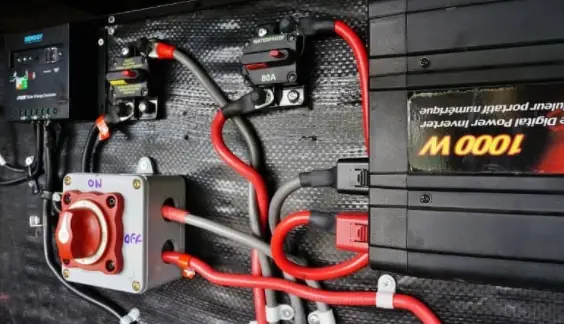
An solar inverter charger is a device that transforms AC power to DC- in shorter terms, it’ll convert the incoming power from the sun to the solar panels (which is AC power) to usable electricity to be stored in a battery bank (which is DC power).
Inverter chargers work over time, and they require an upgrade if you’re planning on converting a lot of power quickly into usable power. If you’re out and about during the day time while the power is being collected and transformed, and you’re only going to be using the power during nighttime, you don’t have to spend a lot of dollars on the most premium inverter charger on the market.
Charge Controller
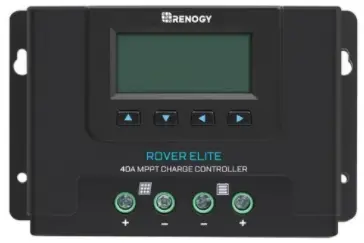
A charge controller is a must-have for RVs- it’s a device that restricts the ability for too much voltage to be transformed or transferred, resulting in an overvoltage which can fry, or destroy, many devices.
They aren’t expensive, and some come with a solar RV kit, so keep an eye out for kits with charge controllers included to save money in the long run.
Click here to browse through out best charge controller guide
Battery Monitor
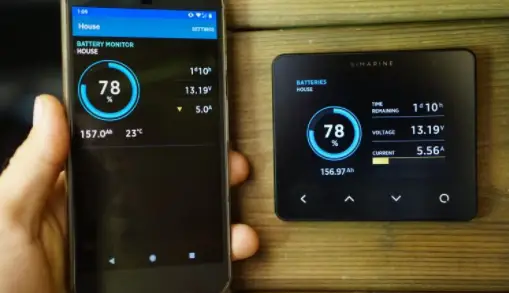
A battery monitor is exactly what it sounds like- it’s a device to let you know the voltage and the current within the solar panels and the battery bank to indicate the level of power stored.
It’s a good way of knowing how much power is being stored over a period of time and how much battery is stored/left in the bank. If you’re concerned or a very strict vacation planner, I’d invest in getting a battery monitor- they’re super cheap, and they will help you during your trip to decrease stress.
Planning for a vacation can be stressful with an RV, but don’t let it discourage you! Instead, invest into solar energy, and sway the stress away while staying green and saving the environment and your wallet.
Most RV owners that are switching over to solar energy are confused and don’t know where to start- this guide serves as a purpose to bring basic knowledge to those who don’t want to read a two-hundred page book about solar panel setups on an RV.
We hope that this guide helped you somewhat with planning for your next big purchase, and good luck!
